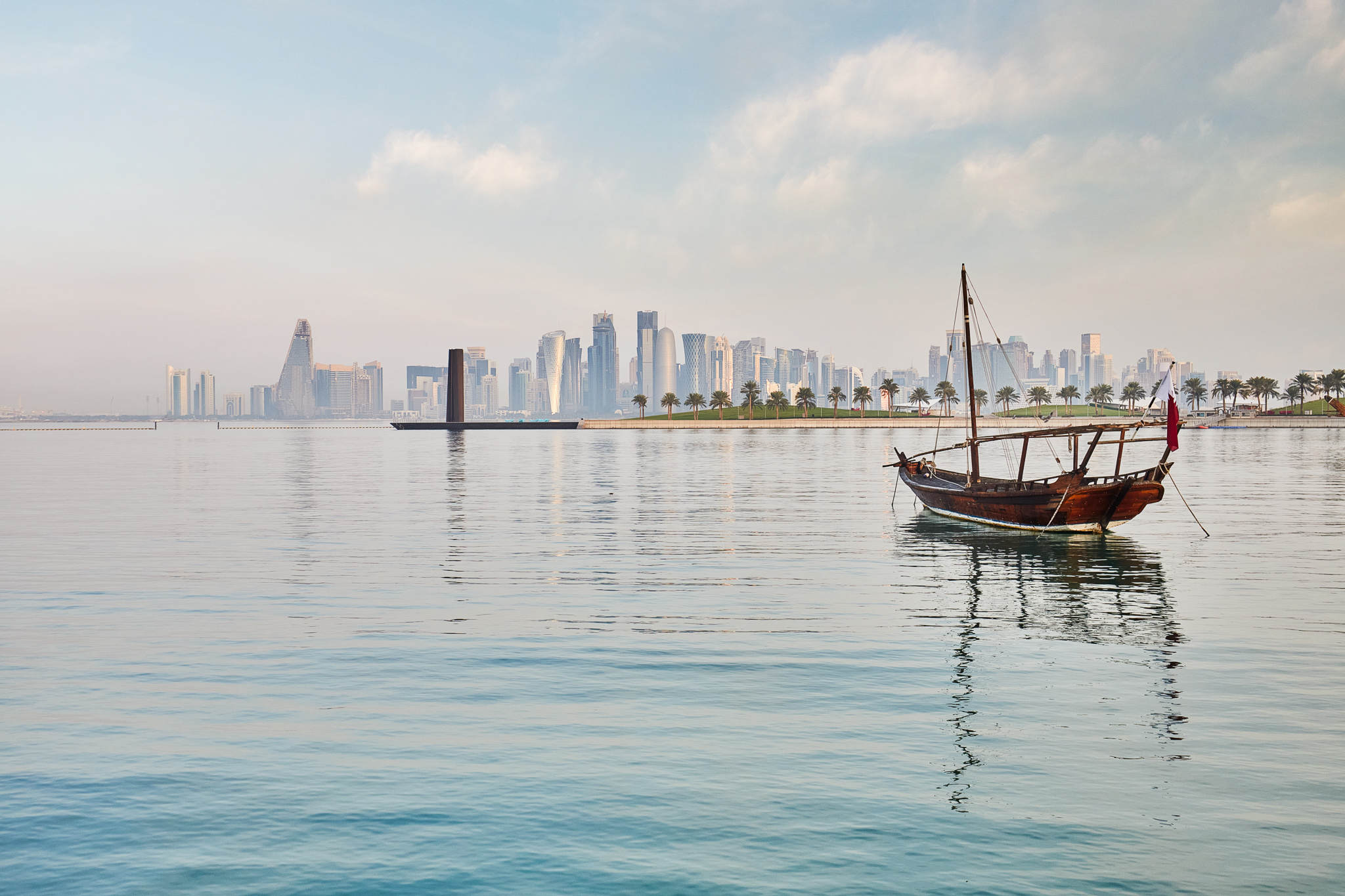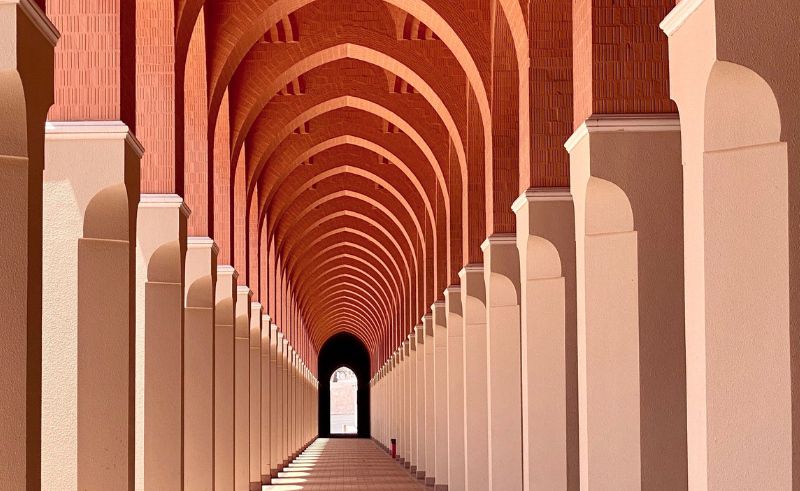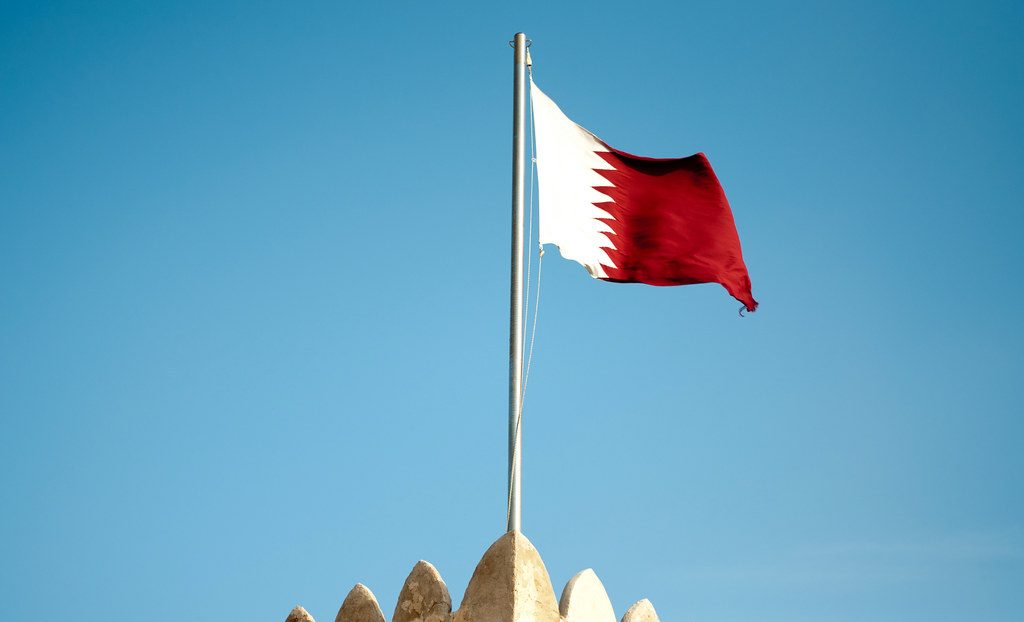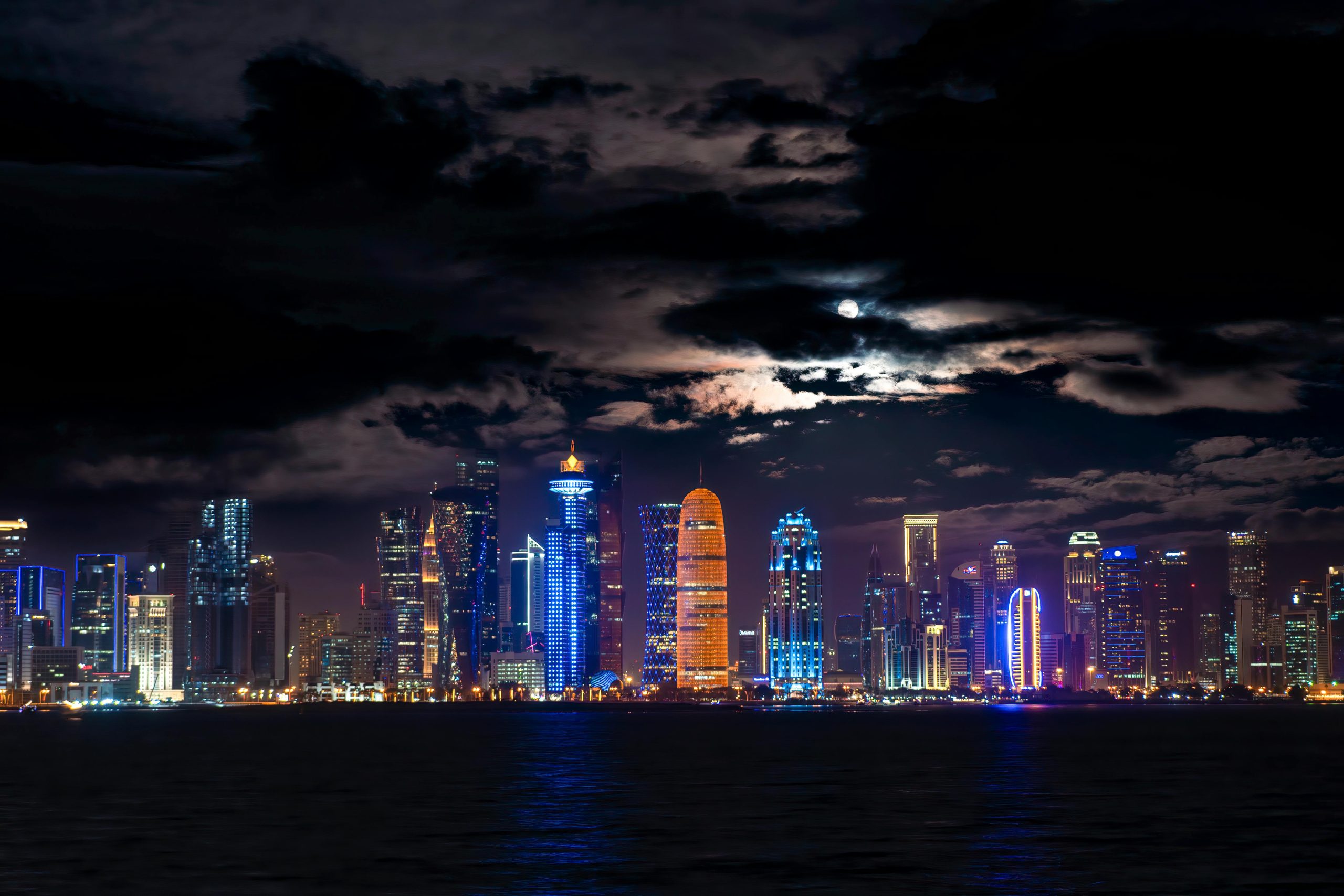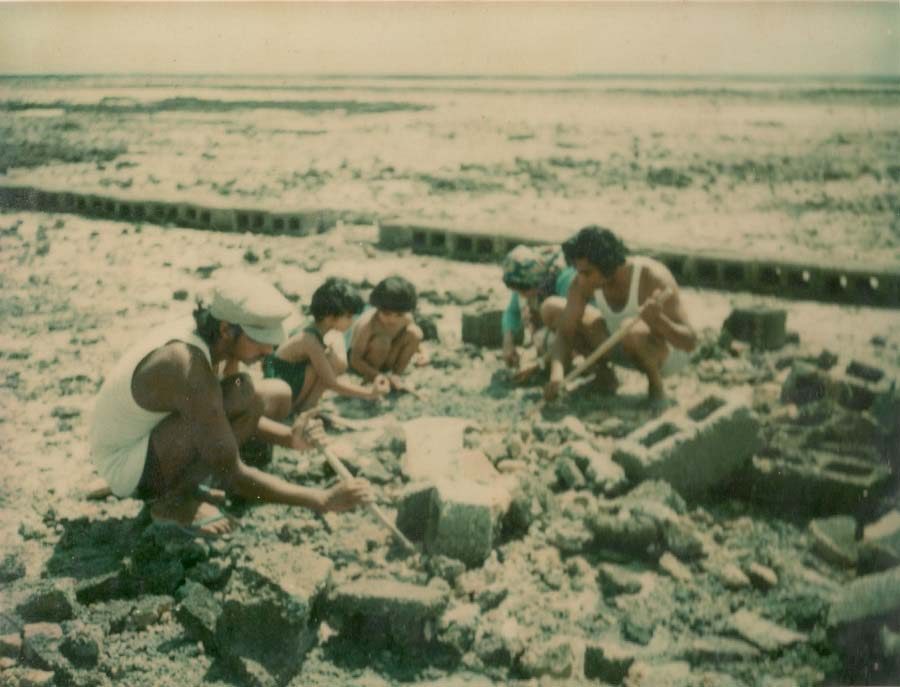
Priya D’Souza was born in Qatar in 1972, and has recently left the country. This week, she blogged about what it was like to grow up in Qatar in the 1970s.
In this shortened version of her post, she shares her nostalgia for the easy-going, diverse community she belonged to as a child.
My father moved to Qatar from Bombay in 1969.
Back then, the flights took six hours instead of less than the four hours they take now. That’s because they had to stop in Karachi and Muscat to refuel.
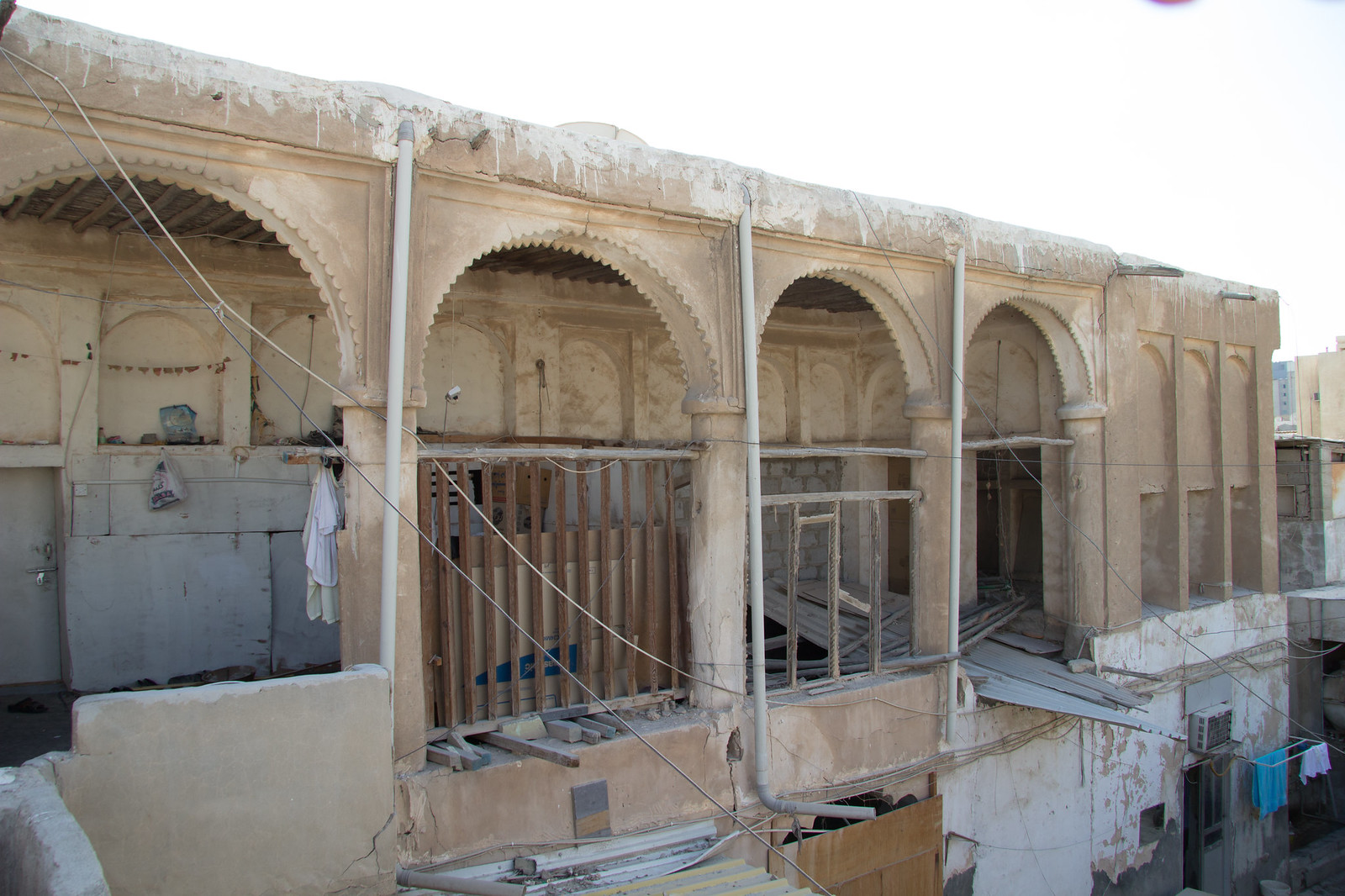
Shortly after I was born, we moved to a seven-bedroom house in what is now a row of shops and restaurants in Matar Qadeem (Old Airport Area).
Limestone houses
In the 1970s, our neighborhood was predominantly middle-class Qatari (Irani-Qatari), and we were one of the few Indian families living there.
The houses were made from local limestone and packed mud, with mangrove beams for roof.
For this house, my dad paid QR280 as monthly rent while he earned QR5,000. We lived there for six years.
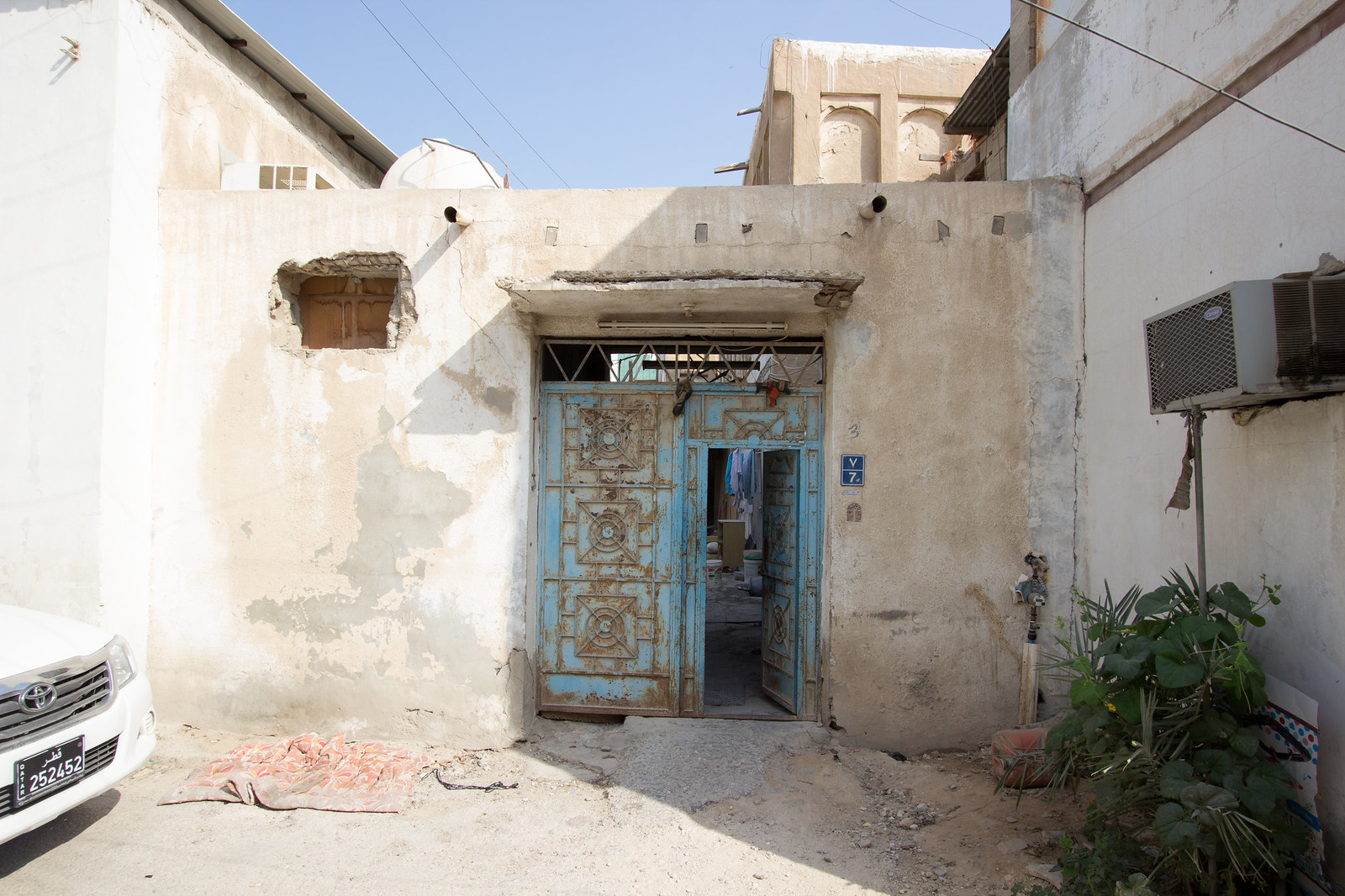
My father preferred the Old Airport area because the big house also came with a huge yard he built a warehouse in, that he went on to expand over the years.
We also had chicken, a goat, a make-shift aviary housing 140 birds, and rescued animals, including a hare and a turtle.
Today, I recognize the place only because the electricity transformer and mosque (since renovated) that marked our east and west boundaries still stand.
We moved a lot in Doha; we changed 17 houses over 40 years. Every time my father ran out of garden space for his vegetables, sometimes after just one season, we moved.
Today, not one of those homes have survived Qatar’s infrastructure development.
A sense of belonging
What I remember most about the Matar Qadeem house and area is a sense of community.
When Qatari grandmothers went shopping at the souq, they came back with boxes of goodies for children in every family in the neighborhood.
When our dog would go missing, all the children in the neighborhood would get together to look for her (she got lost a lot).

Weddings in the community (almost always Qatari) were especially fun because we got to run in and out of tents and eat as many sweets as we liked.
Everybody was too busy taking care of something or the other to bother with what the children did.
In the mid- to late 1970s, when my family moved to more central neighborhoods, the wonder of Doha only grew.
Safe spaces
As legal advisor to the British and Indian Embassies, besides being a businessman, my father hosted many soirees in our backyard.
Every other weekend we had people over. My father also had an unlimited alcohol permit.
Alcohol permits were already hard to come by and an unlimited one, issued to very few people, meant my father felt “obliged” to throw parties also for the community.

This included “bachelors” (as married men, mostly from the Indian sub-continent, who live in Qatar without their families are referred to today).
This was so people, especially those with no liquor permits, could enjoy a drink or two. We even had live music at these parties that would often go on till the wee hours of the morning.
We continued to explore spaces on our own because Qatar was safe.
It was safe enough for us as children to bicycle in the streets to nearby parks 500m away unchaperoned, with no threat of being kidnapped, raped or run-over.

Summers were hot even back then. We had air-conditioners, but there were power outages quite often.
Many a night was spent under candlelit desert skies, listening to stories about ghouls and spirits.
This stuff didn’t frighten us because my father told us we were in Allah’s land and were safe from anything that caused harm.
Qatari friends
I did not know I was Indian or that my family was Catholic until I moved to India for a while when I was seven.
In Qatar, not once was I made to feel different from the others, and I didn’t know I was.
When we were young, we used to go to a Qatari house for the occasional weekend family lunch or dinner, and we all sat together. The women were never veiled, and they treated my father like their brother or son.

In more recent years, I started having lunch one Friday every month at a Qatari friend’s house. Not much had changed, except that I was now a woman in my late 30s.
As of 10 years ago, many Qataris still held family lunches at the parents’ house, with four generations gathering together for the meal.
As there’d be over 20 of us, we’d all sit on an oversized Persian rug. Men and women weren’t separated, and nobody was veiled or wore headscarves.
I almost always ended up sitting next to somebody older who was unafraid to heap servings onto my plate.
Exotic in their own land
In 2010, mainly western colleagues at the university where I worked told me how very little they knew about Qataris and Qatari families. Some said it was a privilege to have visited a local’s home.
I started to understand what the fuss was all about. Qataris had become exotic in their own land.
None of these colleagues experienced the sense of community I did as a child – or as an adult – though I was a migrant like them.
It is a sense of community that I have missed most about Qatar in the last 10 years.

This certainly isn’t unique to Qatar, however. Everybody has probably experienced this “change” in their own cities, and towns and countries.
So why does this aspect of Qatar seem so surprising to so many who have heard of my experiences?
Is it because I’m a migrant who has experienced this sense of community, while most migrants today don’t?
Or is it because people know so little about Qatar and Qatari culture? Thoughts?
Read the full version of this article on D’Souza’s website.


